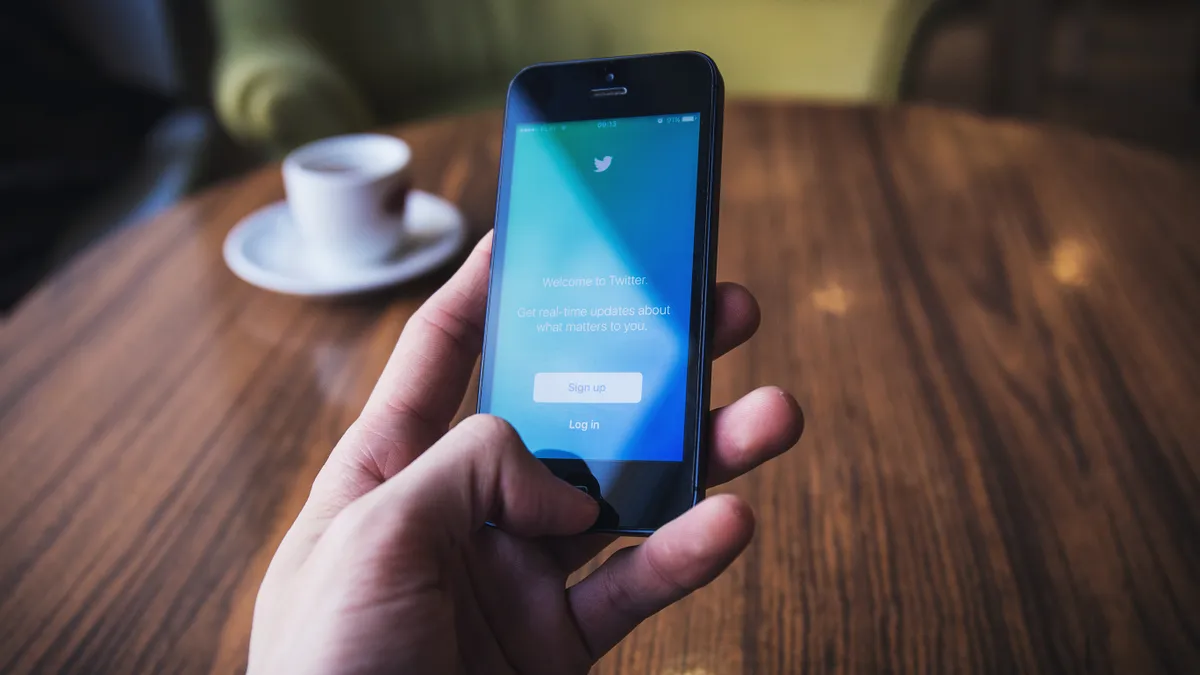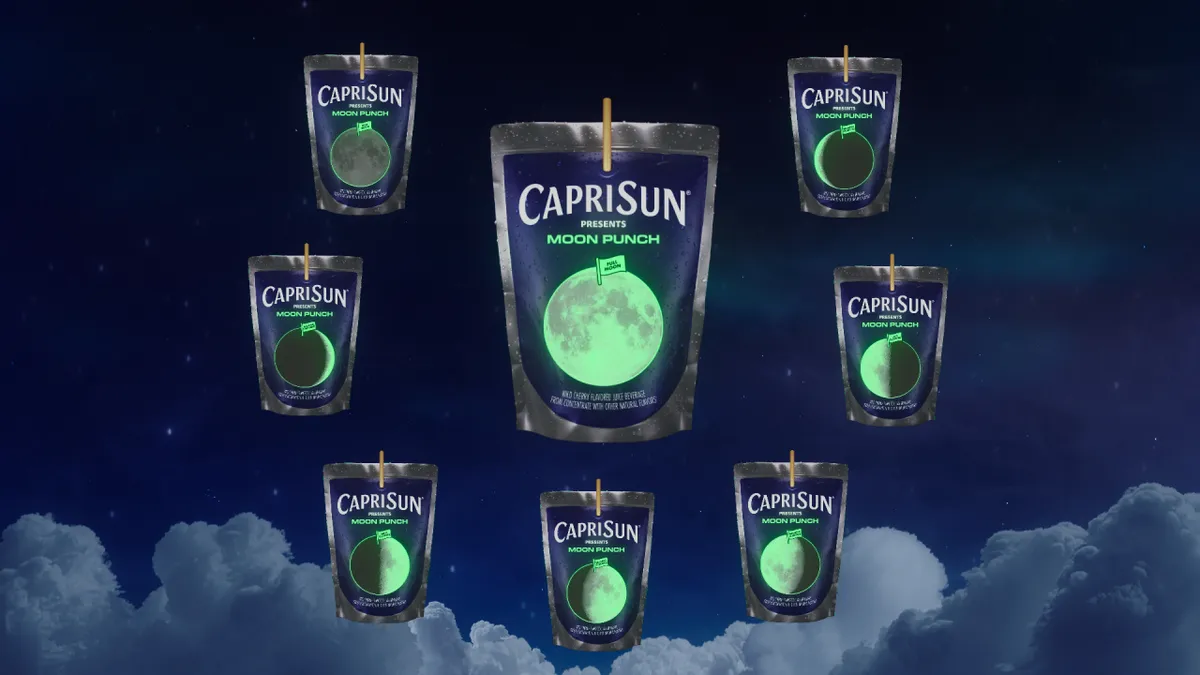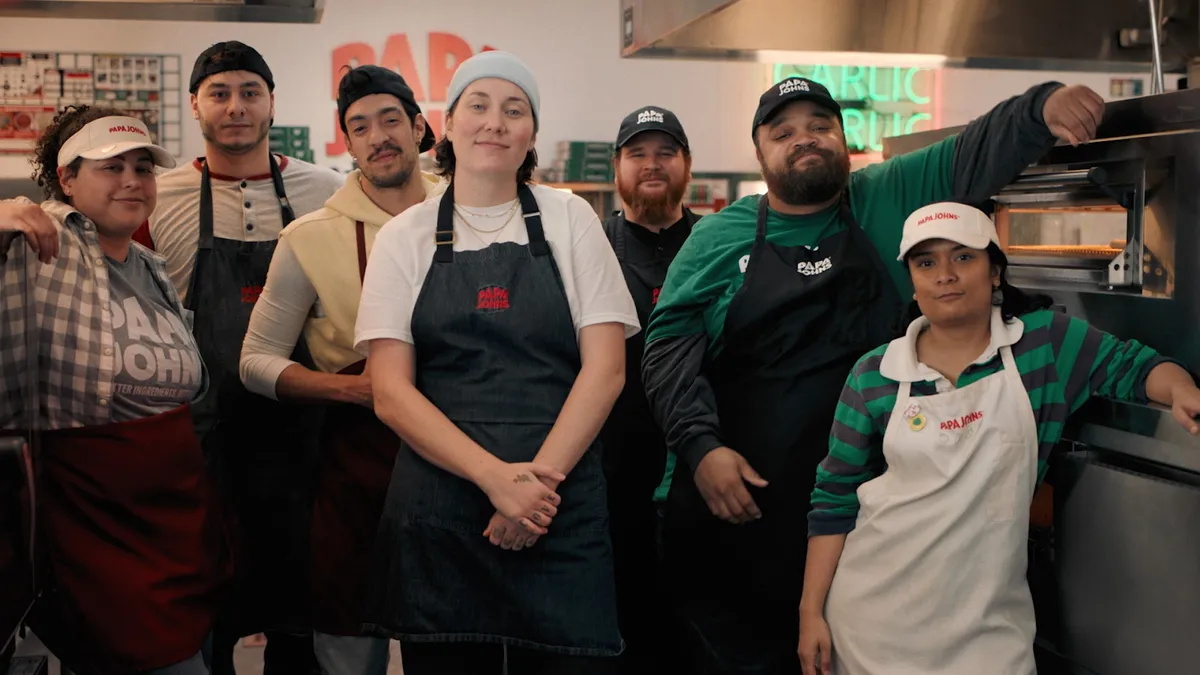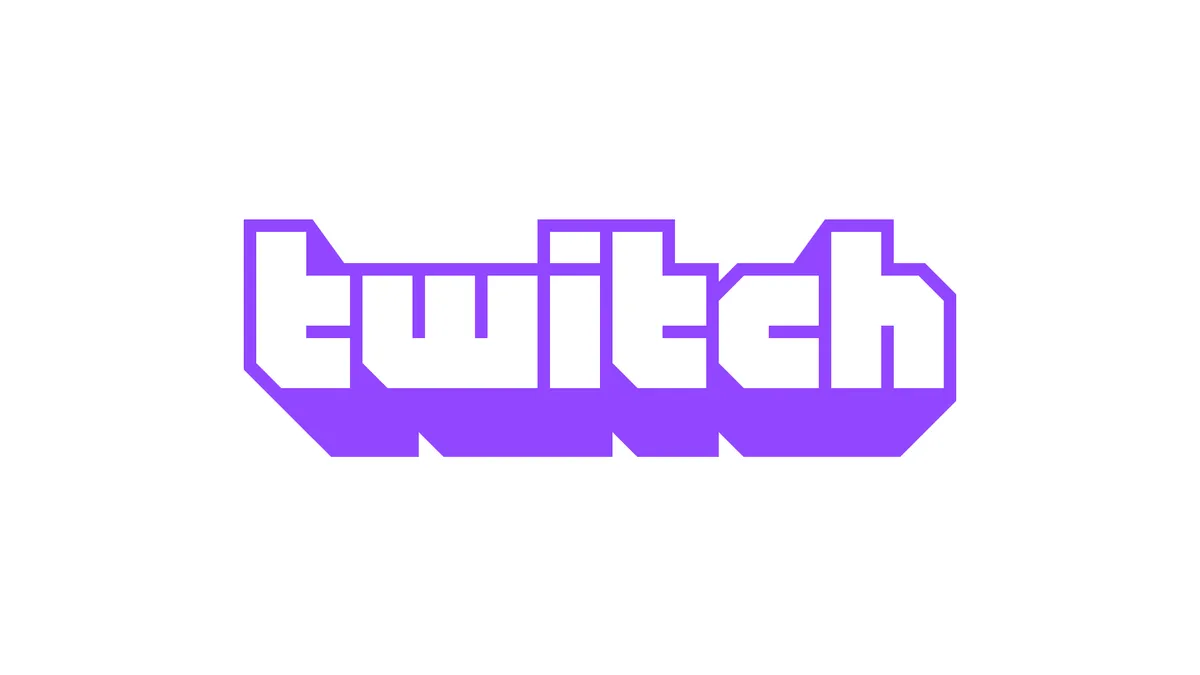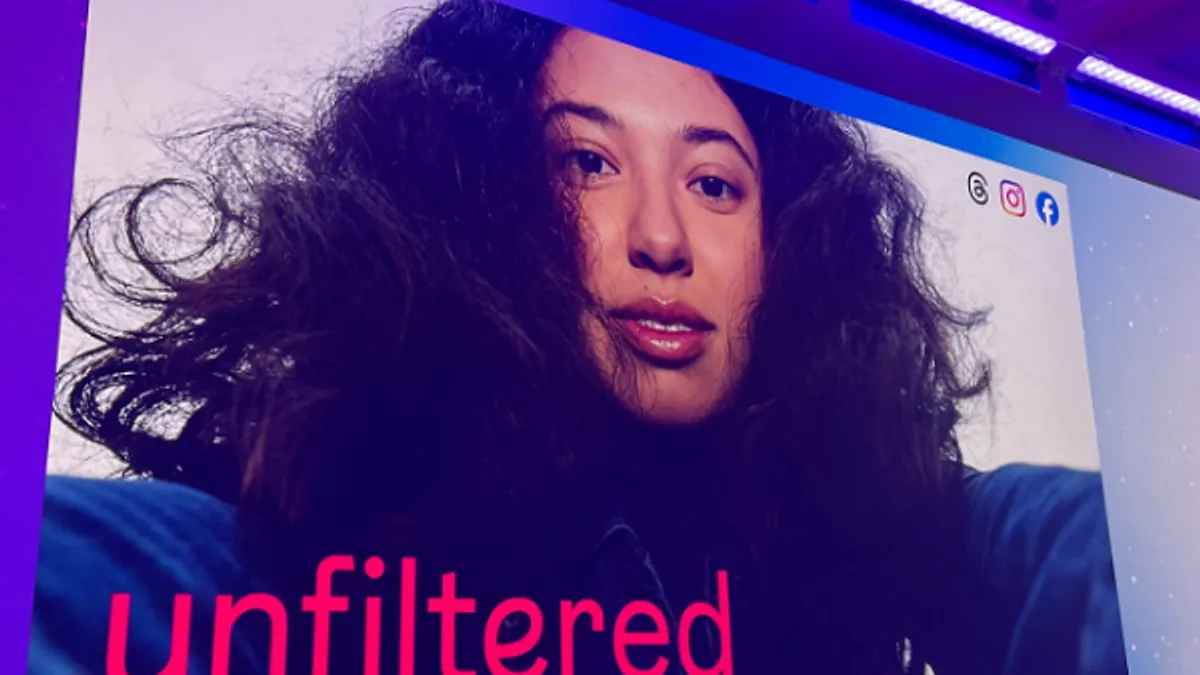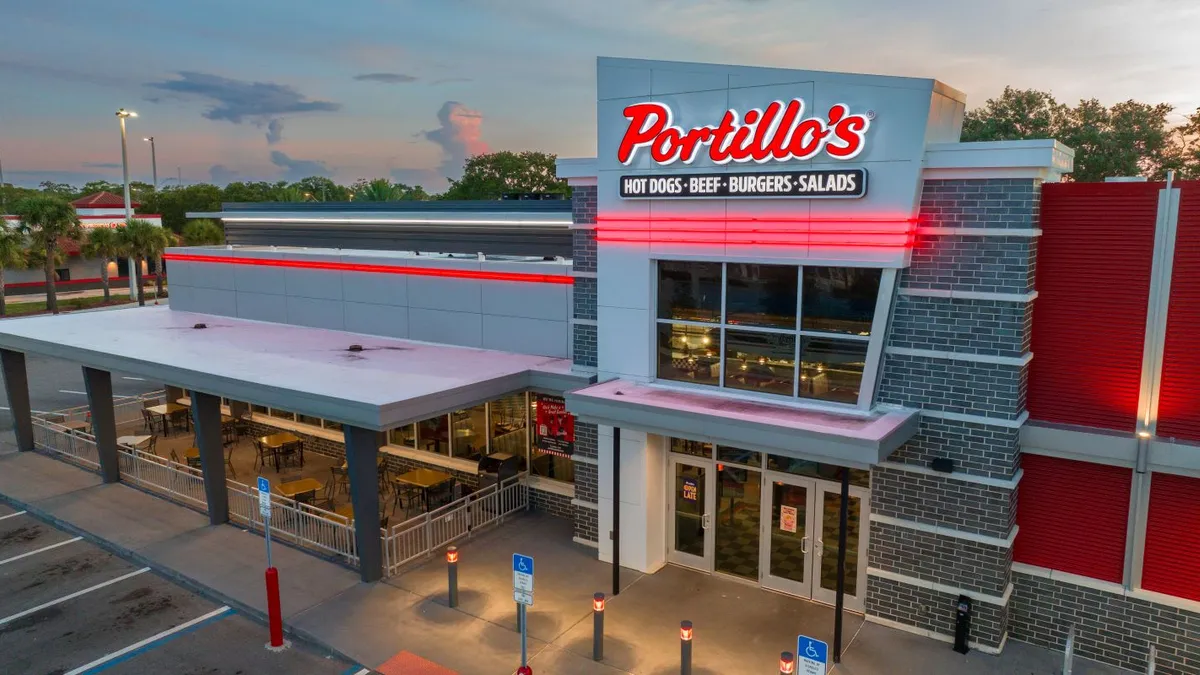Jack Dorsey has a problem.
Early last month, the co-founder and CEO of Twitter set a deadline of Oct. 27 for bidders interested in buying the company — a "hugely ambitious" move that aimed to bring clarity to the social media platform's cloudy future ahead of the release of its Q3 earnings report.
Just a month ago, being “hugely ambitious” wasn’t such a bad idea for Twitter: Google, Salesforce and Disney were all rumored to be interested in an acquisition, with valuations reaching up to $17 billion despite the platform's disappointing Q2 performance and overall sluggish year.
But then Oct. 27 came and went, and no buyers emerged. In their stead came layoffs, with 9% of the company’s workforce let go. Despite a surprisingly strong Q3 otherwise — and rumors of a potential Disney acquisition resurfacing — Twitter is restructuring now in order to sustain financial viability heading into next year.
Most importantly for marketers, Dorsey and his team are trying to figure out which specific value propositions the site can provide that aren’t available elsewhere — on Facebook, Snapchat and beyond.
Those value propositions need to be established sooner rather than later, Liz Stahl, senior director of social media at digital agency Deep Focus, told Marketing Dive. “If by the end of first quarter next year, Twitter hasn’t communicated and begun executing a very thoughtful plan, it will definitely be in a place where it will be hard to recover,” she said. “It really needs to pick up the pace.”
Several analysts told Marketing Dive the company has two distinct paths it can pursue: Customer service and live streaming video. Opinions differ on whether those two can mix — and which should take precedence in Twitter’s ongoing reinvention.
“Twitter needs to make a decision,” said Jessica Liu, senior analyst for B2C marketing at Forrester Research. “They can go the path of being more of a social customer care option [...] or they could go down the other fork in the road and really embrace this idea of news.”
“I feel like those two are not necessarily congruent,” she added. “They almost seem in conflict with one another, and I feel right now that [Twitter] is toeing the line on both and not doing either of them extremely well.”
Just as Dorsey and his company need to figure out what exactly makes Twitter Twitter, marketers need to figure out where the platform can provide the most value for them — and just how much priority it is in their marketing.
When considering those decisions, it might be helpful to start from the beginning.
A platform that cares
On March 21, 2006, Jack Dorsey posted the first tweet: “just setting up my twttr.”
In (far) less than 140 characters, someone who would become a preeminent figure in Silicon Valley announced the arrival of one of the 21st century's most iconic products. There was little formality here: Dorsey launched his new service not with fanfare, but a laid-back, reassuring address to those paying attention.
Since then, Twitter has grown to be a cultural and advertising hub, with 313 million monthly active users and ad revenues hitting $545 million in Q3 this year.
Agencies and analysts alike say that the same live, conversational elements embodied in Dorsey’s first tweet are what remain essential to the site’s identity and appeal today, with Stahl calling discourse on the platform “exceptionally genuine” compared to the competition.
That's what makes Twitter great for facilitating customer service, with brands able to directly respond to consumers who tweet complaints or queries.
“Twitter is the key home for customer service,” Stahl said. “For everything from an airline to a potato chip brand [...] consumers know to come to this platform to get either one-to-one support or conversational support from a brand, and that’s incredibly powerful.”
The micro-blogging platform gets results, too: An internal study the company conducted in conjunction with Applied Marketing Sciences shows users will increase spend anywhere from 3-20% on products and services from a business that engages them on Twitter.
However, Twitter is not the only social platform staking out a role in customer care: Facebook has upped its own offerings with the integration of thousands of branded chatbots on its Messenger app, which use artificial intelligence to respond to user questions and facilitate purchases on the fly. But while the appeal of automating customer service might turn marketers’ heads, recent research from Forrester suggests chatbots can be more frustrating than functional.
On Monday, Twitter introduced its own dedicated chatbot customer service products — Welcome Messages and Quick Replies — but they remain auxiliary to the person-to-person interactions the platform champions.
"Bots are not the why," Twitter Product Manager Ian Cairns told Adweek about the services. "They're the how. There's no consumer we've spoken with that's said they really want to talk to a bot."
Despite the new chatbot services, Twitter's human touch is what gives it an edge over the competition.
“If someone is having an issue with their airline or has a question about their internet service, a lot of them are going to Twitter first before interacting with a bot,” Mike Johnson, vice president of digital strategy at full-service ad agency The Marketing Arm, told Marketing Dive. “There is still a need and a desire to know you’re interacting with a human. I think the human element is a competitive advantage for [Twitter].”
Though Twitter has introduced several new customer service options to improve upon that human element this year, including a “business hours” tag for companies and more direct connections to brand websites, the platform's central focus has shifted into an entirely distinct area — one it hopes will become definitive of its brand.
The ‘people’s news network’
In April, Twitter switched its categorization in the iTunes store from a “Social networking app” to a “News” app. The change might have seemed minor at the time, but it's become indicative of a much larger reinvention in the works — one Dorsey clarified in an internal memo from October when he referred to Twitter as “the people’s news network.”
The idea of Twitter pivoting from social platform into a media service is perhaps not surprising given how prominent a role news played in its formation.
“Twitter has been an amazing cultural phenomenon,” Jay Wilson, director of social marketing at Gartner, told Marketing Dive. “We can debate the number of monthly active users [on Twitter], but I think all you have to do is look at the role it’s played in significant world events, or even the recent presidential debates, to find it as the go-to place to find the cultural pulse.”
Twitter’s desire to transform into a leading media service has manifested itself most prominently in its myriad efforts to provide live video online — from a marquee 10 game deal with the NFL to partnerships with Bloomberg and BuzzFeed to stream the presidential debates. But while this is a change-up many marketers and agencies are excited about, it's also one they remain tentative to fully participate in.
“As they build that platform and experience out, it becomes really powerful for us and for our clients,” said Johnson. But Johnson also said The Marketing Arm is still largely figuring out what they should do with Twitter's live video efforts, and other agencies interviewed agreed that a “wait and see” approach seems common.
“In terms of what I’ve been hearing clients say overall, it’s not a whole lot,” Erna Alfred Liousas, a B2C marketing analyst at Forrester, told Marketing Dive. “I think everybody’s actually sitting back and watching [...] it looks cool, but they’re going to wait and see what happens before they provide investments in new formats.”
Twitter is not alone in live video: Facebook recently launched an API for its Facebook Live streaming service, along with the ability to cast Facebook video directly to TV. Given that its user base is 1.7 billion — leaving Twitter’s reach in its shadow — Facebook's own play for video could be more appealing to brands.
“As Facebook builds out its social media empire, we probably will see more marketers migrate there because they just think it’s easier,” said Forrester’s Liu. “It’s easier to spend money in one place that will achieve multiple objectives.”
Snapchat, too, has taken a bite out of Twitter's ad dollars, and appears to be experimenting with extending live video beyond the 24 hour Snap stories that have been part and parcel of its ephemeral platform since launch.
Given Snapchat's rapid ascent in the social media universe in 2016 — look no further than a coming IPO potentially worth north of $25 billion —Twitter needs to consider not just how it can win in live video, but also how to integrate live video with brands' advertising objectives.
“Twitter has to do a better job of playing up live formats as a means to either create a new type of ad or have some type of new marketing objective manifest,” said Liousas. “Instead of giving us a basic commercial, highlighting what people are actually doing or what brands are doing would be instrumental in establishing credibility and effectiveness.
“Why is this different from Facebook Live? Why is this different from Snapchat? We have so many different options as marketers, so this is the problem that gets of the crux of Twitter’s overall issue: What is it?” she added. “Live gives it an opportunity to be very clear about that, but they still have work to do in terms of defining not only what it does for people, but also for the brands that they want to partake.”
While that process is ongoing, the platform is in talks with agencies about how to better develop advertising strategies for its video offerings.
“We are constantly in dialog with agencies on how to creatively execute campaigns on Twitter and leverage live moments,” a Twitter spokesperson told Marketing Dive, pointing to the recent launch of Twitter Insiders, an insights platform for agency partners.
Since it is unlikely that Twitter will be able to catch up with Snapchat and Facebook, its specificity might provide an advantage.
Gartner's Wilson sees untapped potential with B2B marketing in particular. “B2B marketers continue to see the value in Twitter and to leverage it to identify thought leaders within their industry,” he said, noting that buzz at conventions and other events is fueled by hashtags and Twitter discourse. “From a B2B marketers’ context, Facebook is much less relevant. That’s a particular angle [Twitter] might want to look at more deeply.”
A quagmire for Twitter and marketers
While the tricky financial turnaround needed to right Twitter’s ship lies largely in Dorsey’s court, marketers and agencies may also need to adjust their expectations of what the platform can be.
A decade ago Twitter might have been Facebook’s lead competitor, but the reality is that the platform's audience has stagnated and calcified into a hyper-specific set of users, and its platform has turned into a place where targeting trumps reach.
“People are on Facebook because everybody’s on Facebook, but there’s more of a love of Twitter for actual Twitter users,” said Johnson. “Everything breaks here. That’s something that none of the other platforms have, and if Twitter can tap into that and make it more accessible [to marketers], it’s a huge advantage.”
Many analysts and agencies think targeting those hardcore Twitter fans and subcultures for data — with Twitter, in turn, providing more tools for marketers to funnel and triage the information — will help monetize the platform and ensure lasting appeal.
“Any marketer of real maturity now has social analytics and listening tools in place that are not only going to get them the data that is spoon-fed by other social networks, but is also going to mine that data,” said Gartner's Wilson. “You can get more highly relevant insights from Twitter, but you’ve got to work for it.”
While the site ultimately remains an important part of the media mix for many brands, understanding its limits is key.
“Yes, Twitter’s trying to redefine itself, but what does that redefinition provide us? Separate the Street's expectations from your brand’s expectations — they are not one and the same,” said Forrester's Louisas. “We need to be really mindful of the value Twitter provides for the audience it orients itself toward, and that is something that gets lost in the weeds when we get too excited about what’s next.”



